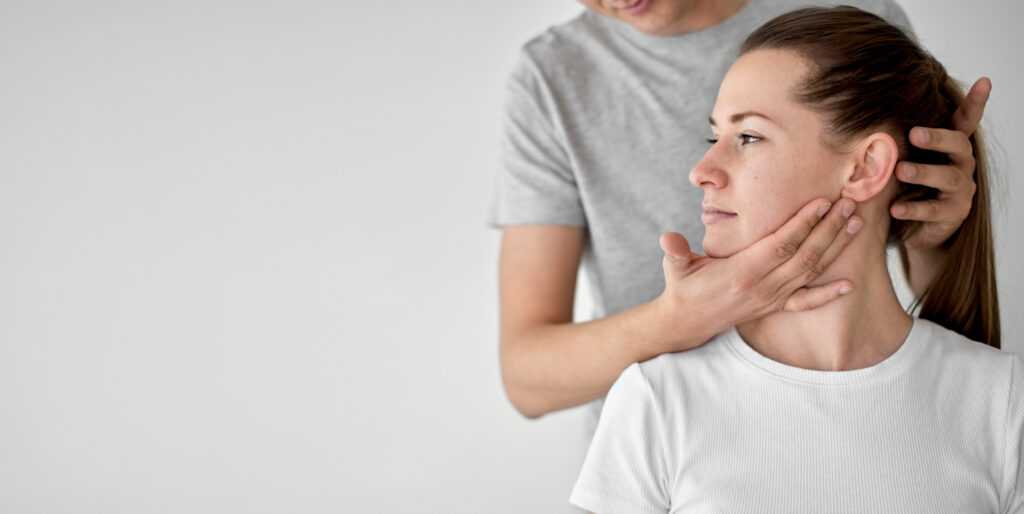Ergonomic design is essential in creating recovery spaces that foster healing, comfort, and safety. Whether in hospitals, aged care homes, or private residences, recovery environments must support users with varying levels of mobility and strength.
The role of ergonomics in these settings is to reduce physical strain, promote independence, and prevent further injury—contributing directly to better outcomes for patients and less stress for caregivers.
Supporting Physical Recovery
A key reason ergonomic design matters in recovery spaces is its direct impact on physical rehabilitation. When individuals are recovering from surgery, illness, or age-related decline, their bodies are often in a vulnerable state. Spaces that are poorly designed can hinder recovery by causing unnecessary strain, discomfort, or even injury.
Ergonomic equipment plays a vital role in supporting safe, efficient movement and reducing effort during everyday tasks. For instance, adjustable beds and supportive seating promote correct posture and minimise physical exertion. These designs also help maintain or improve a person’s range of motion (ROM), which is critical for joint flexibility, muscle strength, and long-term mobility.
Improving Safety for Patients and Caregivers
Recovery spaces must be safe not just for the individuals recovering, but also for those supporting them. Ergonomics helps to prevent common injuries caused by repetitive strain or awkward movements. Carers are frequently involved in assisting with mobility, bathing, feeding, and transferring patients—tasks that can be physically demanding without proper equipment.
Ergonomic tools like height-adjustable beds, transfer aids, and well-positioned support rails reduce the risk of injury to both patient and caregiver. These tools are designed to minimise bending, twisting, and lifting, which are leading causes of musculoskeletal injuries in caregiving roles. Better ergonomics means less physical stress on carers and more confident, consistent care for patients.
Enhancing Daily Comfort
Comfort is not a luxury in a recovery setting—it is essential to wellbeing. Prolonged discomfort can negatively affect both physical and mental health, especially for individuals confined to bed or limited in movement. Ergonomically designed furniture, like adjustable over-bed tables for comfort and convenience, adapts to the user, rather than forcing the user to adapt to the furniture.
By allowing users to eat, read, or use a device without unnecessary repositioning, these designs help preserve energy and reduce strain on healing joints or muscles. This not only eases the physical demands of daily activities but also reduces dependency on caregivers for minor tasks.
Accommodating Diverse Needs
Recovery is not a uniform experience. What works for one person may not be suitable for another. Ergonomic design respects these differences by allowing for adjustability and adaptability. Whether someone is recovering from a stroke, managing arthritis, or dealing with long-term disability, the space should meet their specific needs.
This might mean adjustable heights, easy-grip handles, or seating that supports the hips and back appropriately. Flexibility in design enables better support and encourages active participation in daily tasks. It also allows recovery spaces to be reused and repurposed as the needs of the individual evolve over time.
Promoting Long-Term Health Outcomes
Finally, ergonomic recovery spaces have a lasting impact. Preventing falls, reducing strain, and encouraging safe movements are not only important during the initial stages of recovery—they are crucial for long-term health. Individuals who feel supported and comfortable are more likely to engage in physical activity, follow care routines, and maintain their independence.
Good ergonomic design reduces the likelihood of setbacks, complications, or hospital readmissions. It helps create a positive cycle of improvement by making everyday actions safer and more manageable. In this way, ergonomics is not just about immediate recovery—it’s about creating a foundation for long-term wellbeing.


 Bradley Frankirly is a distinguished article writer at Body Care And Matter, bringing a unique perspective to the world of health and wellness journalism. With a keen eye for detail and a passion for storytelling, Bradley crafts articles that resonate deeply with readers, offering both informative content and a relatable narrative.
Bradley Frankirly is a distinguished article writer at Body Care And Matter, bringing a unique perspective to the world of health and wellness journalism. With a keen eye for detail and a passion for storytelling, Bradley crafts articles that resonate deeply with readers, offering both informative content and a relatable narrative.

